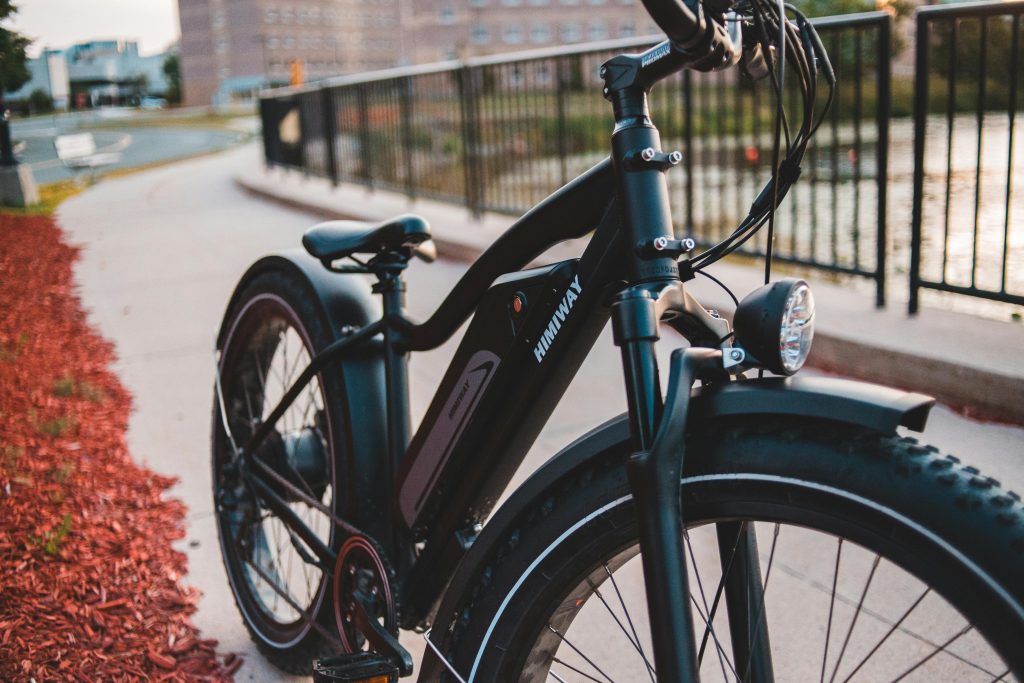

Electric bikes, or e-bikes, are becoming more popular than ever. They make cycling easier, faster, and more enjoyable for riders of all ages and fitness levels. But one common question many people ask before buying one is: do you have to pedal an electric bike?
The answer depends on the type of e-bike you have. Some require you to pedal for the motor to work, while others can run entirely on electric power. In this guide, we’ll explain how e-bikes work, when pedaling is necessary, and how to choose the right type for your riding needs.
Understanding How Electric Bikes Work
Electric bikes combine traditional pedal power with an electric motor and battery. These components work together to make pedaling easier or, in some cases, optional.
Here’s how each main part functions:
- Motor: Provides electric assistance to help you pedal or, on some bikes, move without pedaling.
- Battery: Stores energy to power the motor. Batteries are usually rechargeable and last between 20–70 miles per charge, depending on the model.
- Controller: Acts as the brain of the e-bike, controlling how much power the motor delivers based on your input.
- Pedal sensors: Detect when and how hard you’re pedaling, adjusting the motor’s assistance accordingly.
There are two main motor types: mid-drive motors (located near the pedals) and hub motors (found in the wheel). Mid-drive systems are efficient for hilly terrain, while hub motors are more common in throttle-style bikes that can operate without pedaling.
Types of Electric Bikes and Pedaling Requirements
The key to understanding whether you must pedal an electric bike lies in its design. There are three primary classes of e-bikes, and each has different pedaling requirements.
1. Pedal-Assist (Class 1 and Class 3 E-Bikes)
Pedal-assist bikes, also known as pedelecs, provide power only when you’re pedaling. The motor automatically adds extra torque to make pedaling easier, helping you climb hills or ride faster with less effort.
Key Features:
- Motor only activates when you pedal.
- Assistance stops once you reach a certain speed (typically 20 mph for Class 1 and 28 mph for Class 3).
- Feels like a regular bike with a power boost.
Pros:
- Provides a natural riding experience.
- Great for exercise and fitness.
- Usually street-legal without special licensing.
Cons:
- Requires constant pedaling — not suitable if you want to coast without effort.
Ideal for:
Commuters, fitness riders, and cyclists who want assistance but still enjoy the feeling of pedaling.
2. Throttle-Controlled (Class 2 E-Bikes)
Throttle-controlled e-bikes are more like scooters in operation. You can ride without pedaling at all by twisting a throttle or pressing a thumb lever, just like a motorcycle.
Key Features:
- Can move solely under electric power.
- Most throttle systems are limited to 20 mph.
- Pedaling is optional — you can switch between pedaling and throttle as needed.
Pros:
- Perfect for when you’re tired or tackling long, steep hills.
- Great for riders with knee pain or mobility issues.
- Offers full control over when and how to use power.
Cons:
- Uses more battery power than pedal-assist modes.
- May require more frequent recharging.
- Heavier and sometimes less efficient on long rides.
Ideal for:
Casual riders, seniors, or anyone who wants flexibility between effortless riding and pedaling.
3. Hybrid E-Bikes (Pedal-Assist with Optional Throttle)
Some modern e-bikes combine both pedal-assist and throttle features. This gives riders the best of both worlds—you can pedal when you want exercise or rely on the motor when you’re tired.
Key Features:
- Switch between throttle and pedal-assist modes.
- Many offer multiple levels of pedal assistance.
- Useful for mixed terrain or long-distance riding.
Pros:
- Maximum versatility and comfort.
- Lets you conserve battery by using pedal-assist only when needed.
- Suitable for all types of riders.
Cons:
- Usually more expensive.
- Heavier due to additional components.
Ideal for:
Riders who want flexibility and control over how much effort they put in.
When You Need to Pedal an E-Bike
Even if your e-bike has throttle capability, there are certain times when pedaling becomes necessary or beneficial. Here are situations where you’ll likely want to pedal:
- Starting from a stop: Pedaling helps the motor engage smoothly and reduces strain on the battery.
- Climbing steep hills: Combined pedal and motor power make climbing easier and prevent motor overheating.
- Extending battery life: Pedaling conserves energy, allowing you to travel farther per charge.
- Staying fit: You still get exercise from pedaling, especially on lower assist levels.
- Following local laws: Some areas require pedaling for e-bike operation, especially on bike paths or trails.
Even on throttle-only bikes, combining light pedaling with motor assistance improves efficiency and makes your ride smoother.
How Pedal Assist Levels Work
Most e-bikes offer multiple levels of pedal assistance, allowing you to control how much help the motor gives. Adjusting the level affects both performance and battery life.
Typical Pedal-Assist Levels:
- Eco Mode: Light assistance; best for flat roads and conserving battery.
- Normal/Medium Mode: Balanced support for daily commuting.
- High/Turbo Mode: Maximum assistance; great for hills or when you need speed.
By adjusting these settings, you can decide whether your e-bike feels like a lightly powered road bike or a nearly effortless electric vehicle.
Benefits of Pedaling on an Electric Bike
Even though an electric bike can do much of the work for you, choosing to pedal comes with several long-term advantages for both you and your e-bike. Pedaling adds a more natural rhythm to your ride, helps conserve battery power, and supports better overall control—making the experience smoother and more enjoyable.
Key Benefits:
- Improved fitness: Pedaling an e-bike provides a gentle, low-impact workout that strengthens your legs, boosts cardiovascular health, and improves endurance without putting stress on your joints.
- Battery efficiency: By helping the motor, you reduce energy consumption, allowing the battery to last longer on each ride and extending its overall lifespan.
- Longer ride range: When you share the effort between pedaling and the motor, you can travel greater distances without worrying about running out of power.
- Better control: Pedaling gives you more stability, especially when starting, climbing hills, or maneuvering through traffic or uneven terrain.
- Smooth transitions: Pedaling helps the bike accelerate naturally, reducing sudden jerks that can occur with throttle-only riding.
In short, pedaling not only makes your rides healthier and more efficient but also ensures your electric bike performs at its best for years to come.
Common Misconceptions About Electric Bikes
Despite their popularity, many people misunderstand how e-bikes work. Here are a few myths and the truth behind them:
Myth 1: You don’t get exercise on an e-bike.
Reality: You still pedal and burn calories, especially in lower assist modes.
Myth 2: All e-bikes can run without pedaling.
Reality: Only Class 2 or hybrid e-bikes with throttles can do that; most require pedaling.
Myth 3: E-bikes are just for lazy riders.
Reality: Many athletes and commuters use e-bikes to ride farther and more efficiently.
Myth 4: Pedaling wastes battery life.
Reality: Pedaling actually saves power, helping your battery last longer.
Choosing the Right E-Bike for You
Your riding habits, fitness goals, and commute distance all determine the best e-bike type for you. Consider the following factors before making a purchase:
- Riding Style
- For daily commuting: Choose a Class 1 or 3 pedal-assist e-bike.
- For relaxed cruising: Go for a Class 2 throttle e-bike.
- Terrain
- Hilly areas benefit from mid-drive motors for better torque.
- Flat areas are fine with hub-drive motors and throttle controls.
- Distance
- If you travel long distances, get a model with a large battery (500Wh or more).
- Fitness Goals
- If you want more exercise, stick to pedal-assist.
- If you need mobility support, choose a throttle model.
- Legal Considerations
Some states or cities restrict throttle e-bikes on public bike paths. Always check local e-bike laws before riding.
Pedaling vs. Throttle: Which Is Better?
Both options have their pros and cons depending on your lifestyle and preferences.
| Feature | Pedal-Assist | Throttle-Controlled |
| Effort Required | Requires pedaling | No pedaling needed |
| Battery Use | More efficient | Drains faster |
| Speed Limit | 20–28 mph | Usually capped at 20 mph |
| Exercise Level | Moderate | Minimal |
| Control | Feels natural | Easy and relaxed |
| Best For | Fitness, long rides | Short trips, leisure |
There’s no right or wrong answer—it’s about what fits your needs best. Many riders even prefer hybrid models for maximum flexibility.
Tips for Getting the Most Out of Your E-Bike
To keep your electric bike running efficiently, follow these maintenance and riding tips:
- Charge regularly: Avoid completely draining your battery before recharging.
- Store properly: Keep your e-bike in a dry, shaded area.
- Inspect connections: Check cables, pedals, and motor mounts for wear.
- Use proper tire pressure: It improves speed and battery efficiency.
- Balance your pedaling: Combine light pedaling with motor power to reduce strain on the system.
These simple habits extend your bike’s life and help you get the best performance, no matter how often you pedal.
Conclusion: Pedal or Not, It’s Up to You
So, do you have to pedal an electric bike? The short answer is not always—it depends on your e-bike’s class and features.
- Pedal-assist bikes require pedaling for the motor to work.
- Throttle-controlled bikes can move without any pedaling.
- Hybrid models let you choose between the two.
Ultimately, pedaling gives you a smoother, more efficient, and healthier ride. But when you need to rest or climb a tough hill, your e-bike’s motor has you covered. Whether you’re pedaling for fitness or cruising effortlessly, an electric bike offers the best of both worlds—freedom, flexibility, and fun on every ride.
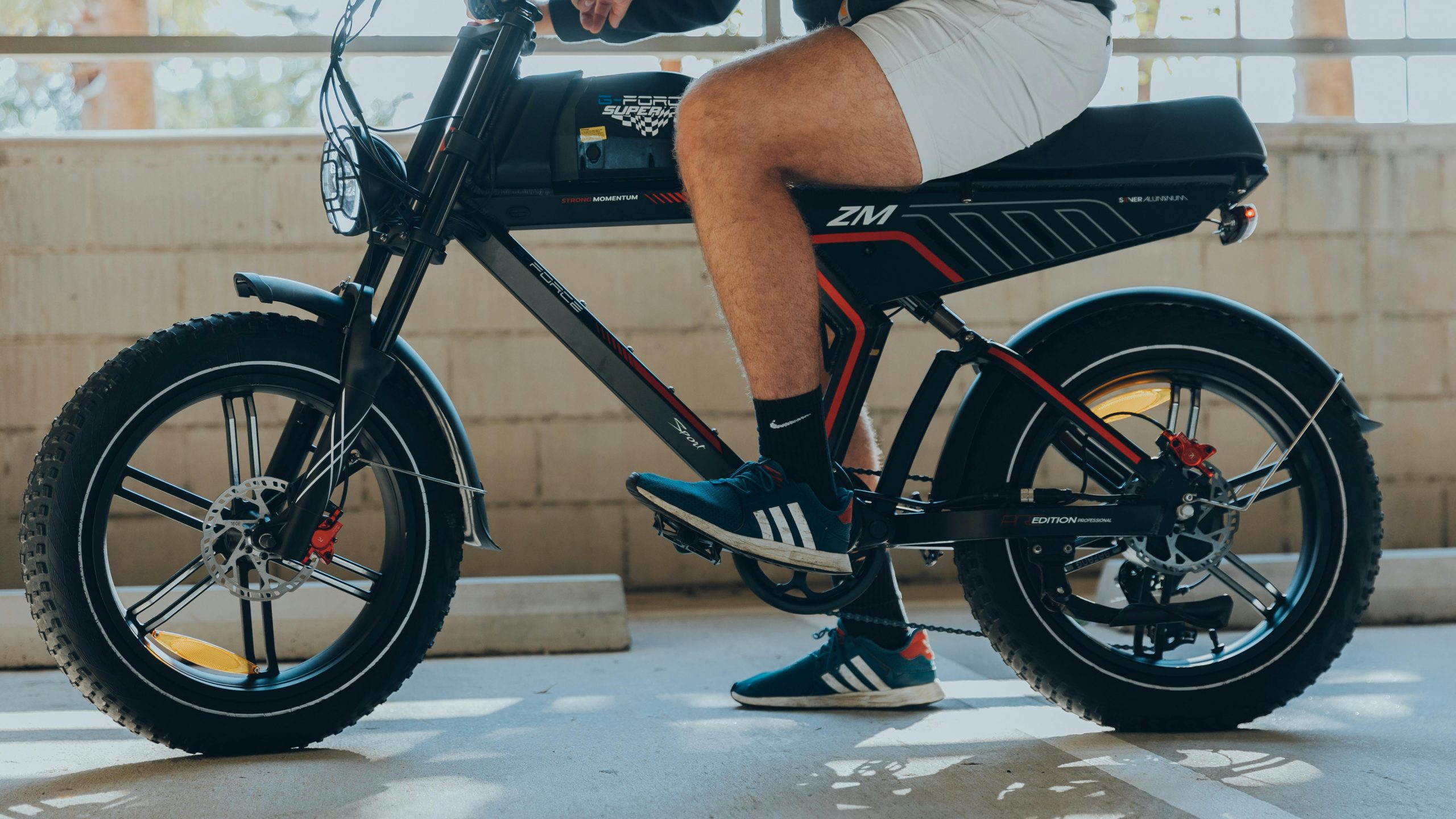
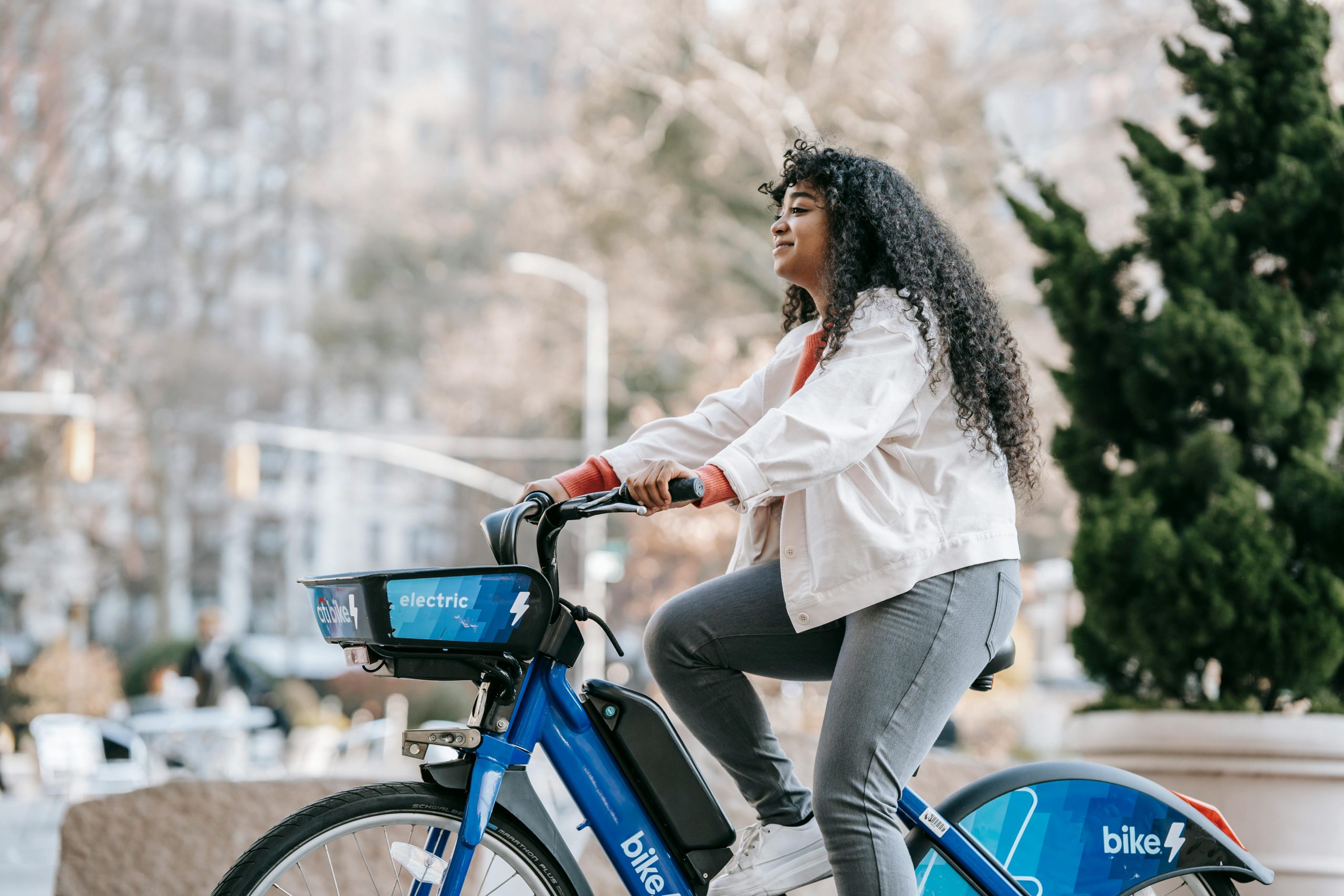
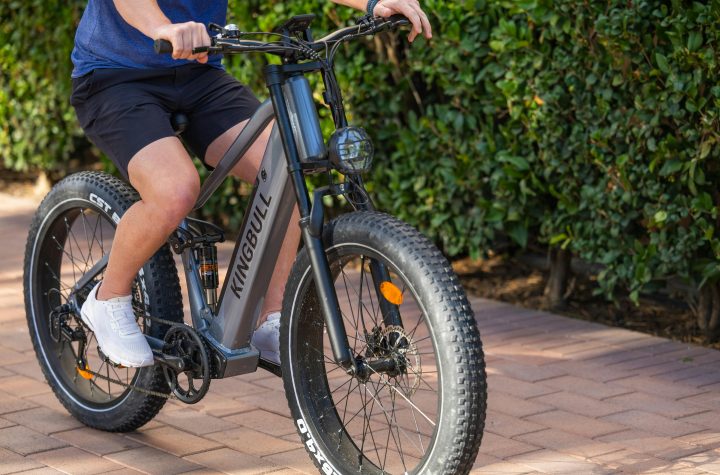
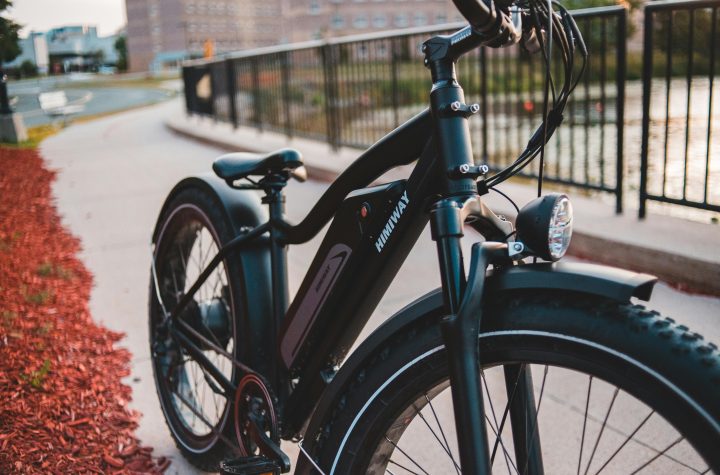
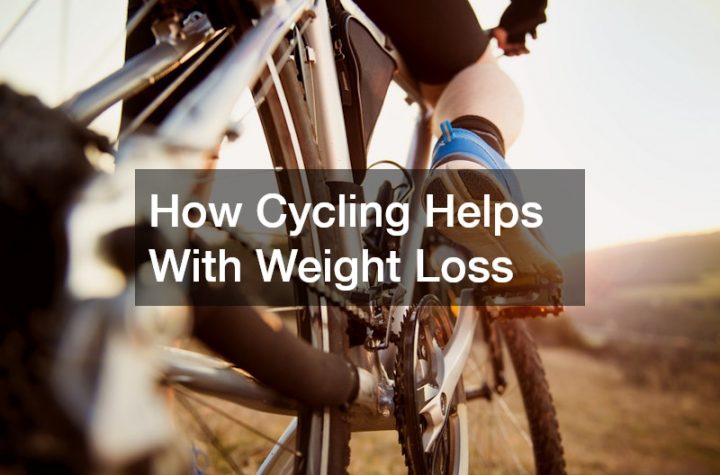
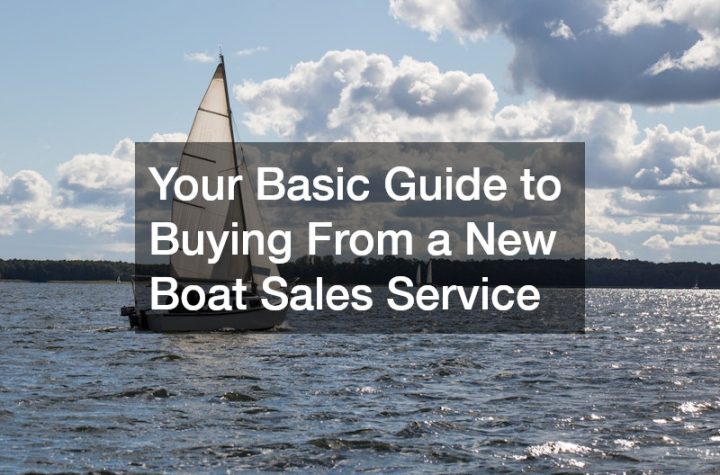
More Stories
Can Electric Bikes Get Wet? Safety, Tips & Precautions